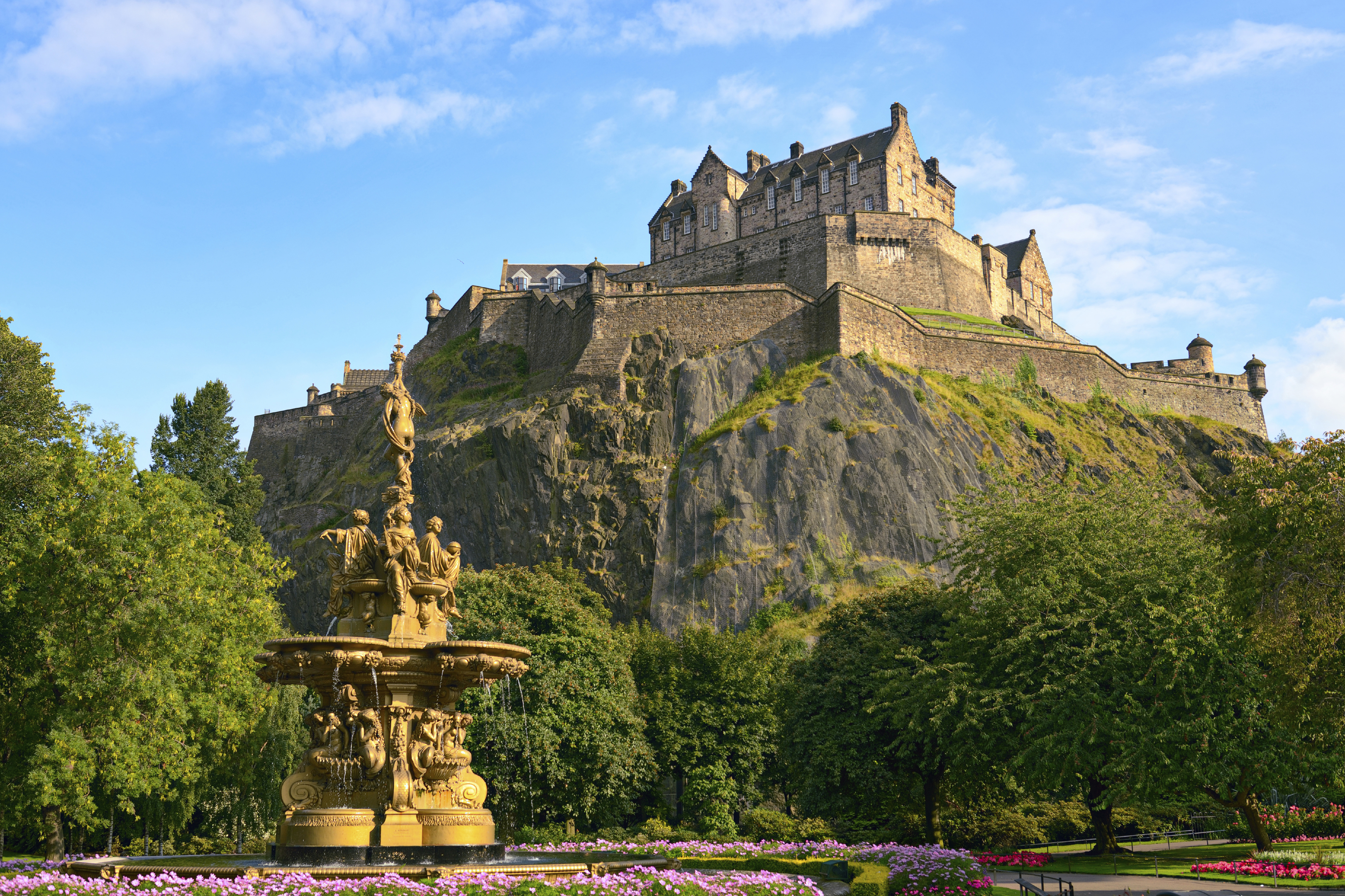
TWO renowned cultural attractions have reached record levels of visitors for Scotland thanks in part to a weak pound, according to researchers.
Edinburgh Castle and the National Museum of Scotland brought in more than two million people through their doors in 2017 – the first time for any such hot-spot in the country to do so.
Industry experts at Glasgow Caledonian University have put part of the rise in popularity down to the poor currency of the UK, as well as fewer Britons deciding against holidaying abroad.
Professor John Lennon, director of the university’s Moffat Centre, said: “Two Scottish visitor attractions welcoming more than two million visitors for the first time is a sure sign of the enduring appeal and strength of the sector.
“As a destination, Scotland continues to benefit from the lower value of Sterling against the euro and the US dollar, ensuring tourists receive value for money as well as a high-quality experience.
“Demand has been further buoyed by a resurgent domestic ‘stay-cation’ market as Britain faces economic uncertainty and the reduced purchasing power of Sterling.”
The annual survey of more than 700 of the country’s paid and free attractions revealed tourism across Scotland was up by 5% last year.
It found the museum and castle welcomed 2,165,601 and 2,063,709 respectively during 2017.
A further five cultural destinations brought in more than one million visitors.
These were Scottish National Gallery, West Dunbartonshire’s Loch Lomond Shores, Glasgow’s Riverside Museum, Kelvingrove Art Gallery and Museum as well as St. Giles’ Cathedral – which are all free to visit.
Among those joining Edinburgh Castle in the most popular paid-for attractions are Edinburgh Bus Tours, Stirling Castle, Edinburgh Zoo and Urquhart Castle.
VisitScotland chief executive Malcolm Roughead said: “It’s also important to remember the benefits these visitors bring.
“Tourism is more than a holiday experience – it is integral to sustaining communities across Scotland by generating income, creating jobs and stimulating social change.”

Enjoy the convenience of having The Sunday Post delivered as a digital ePaper straight to your smartphone, tablet or computer.
Subscribe for only £5.49 a month and enjoy all the benefits of the printed paper as a digital replica.
Subscribe